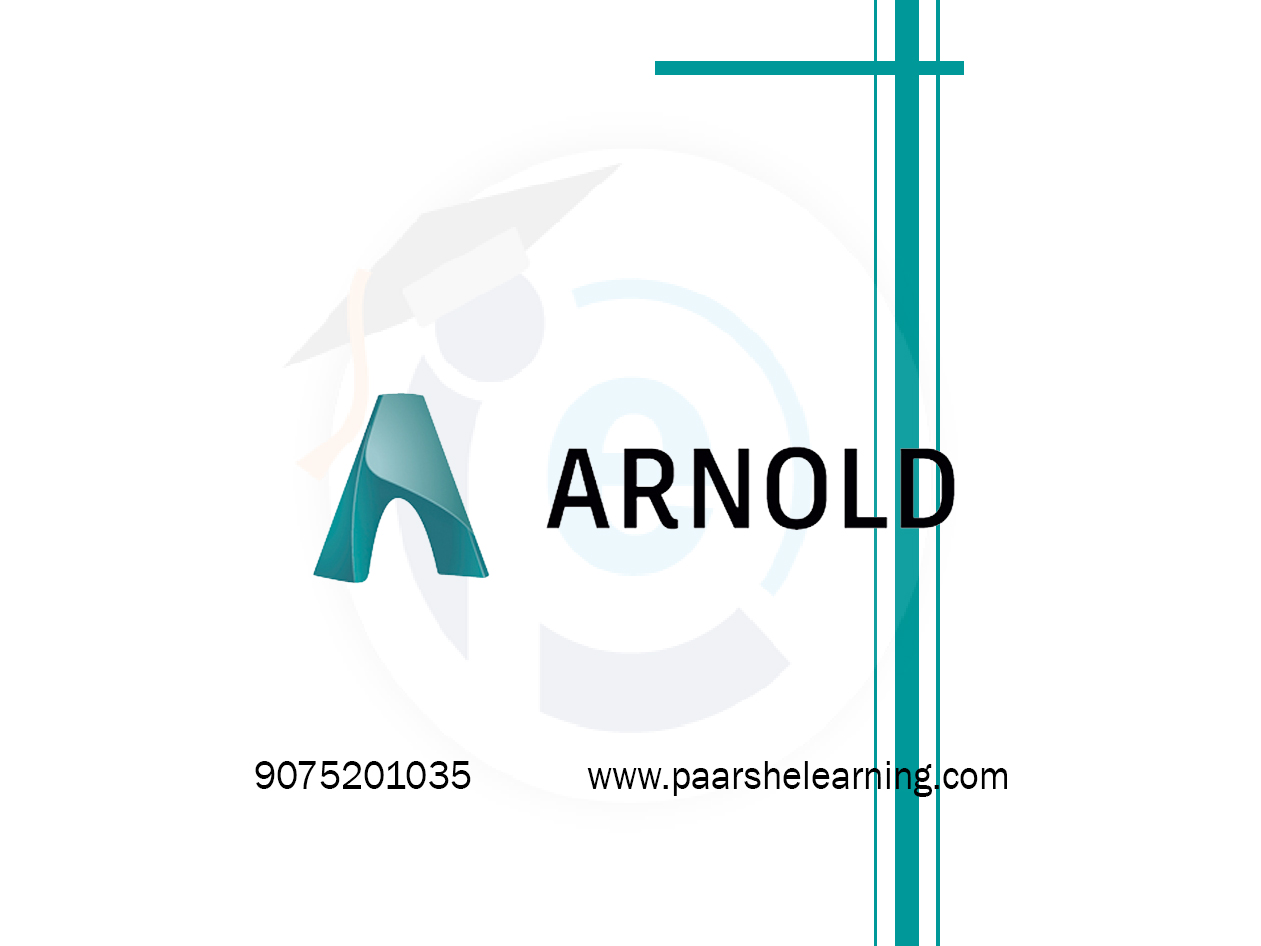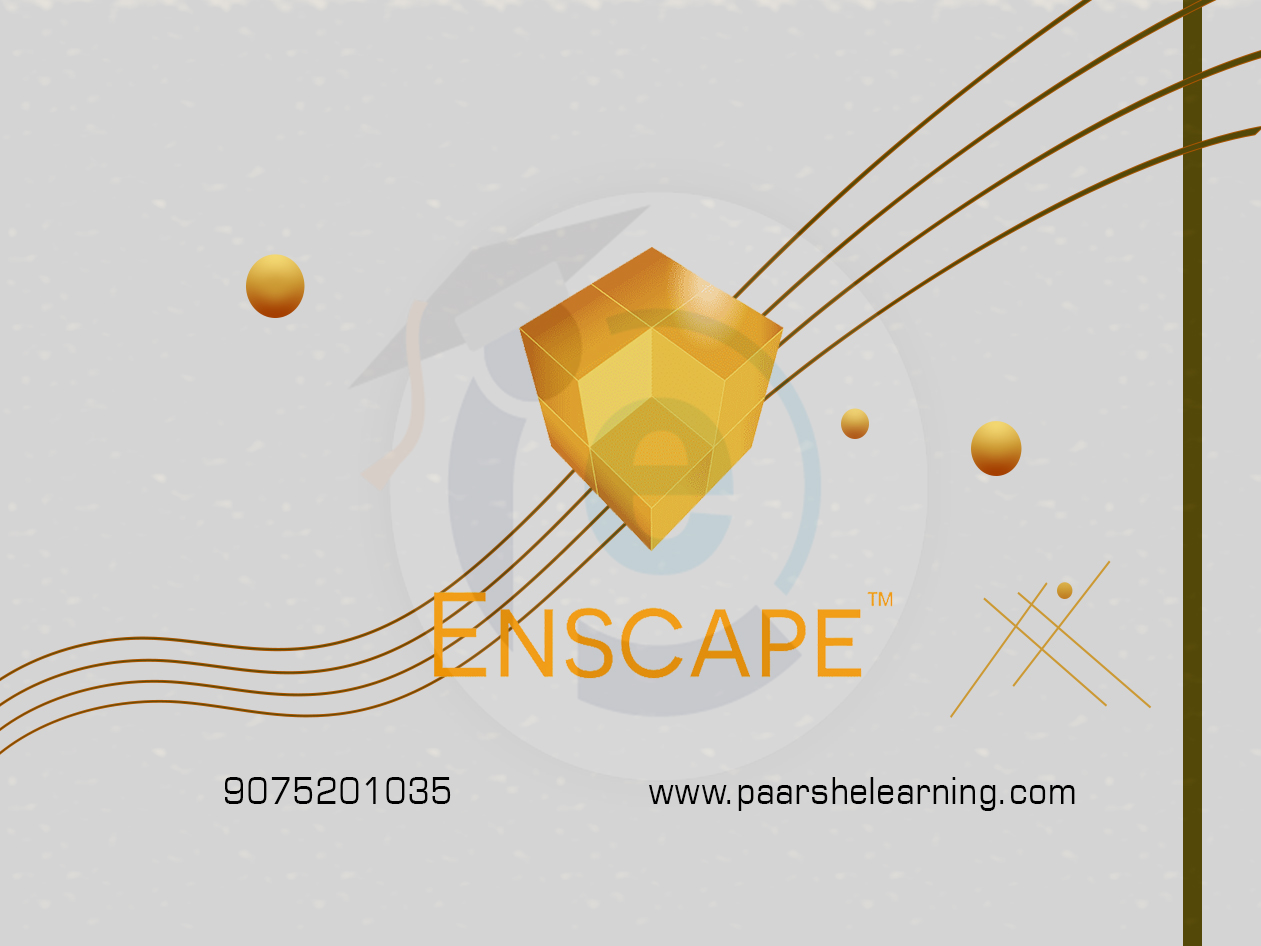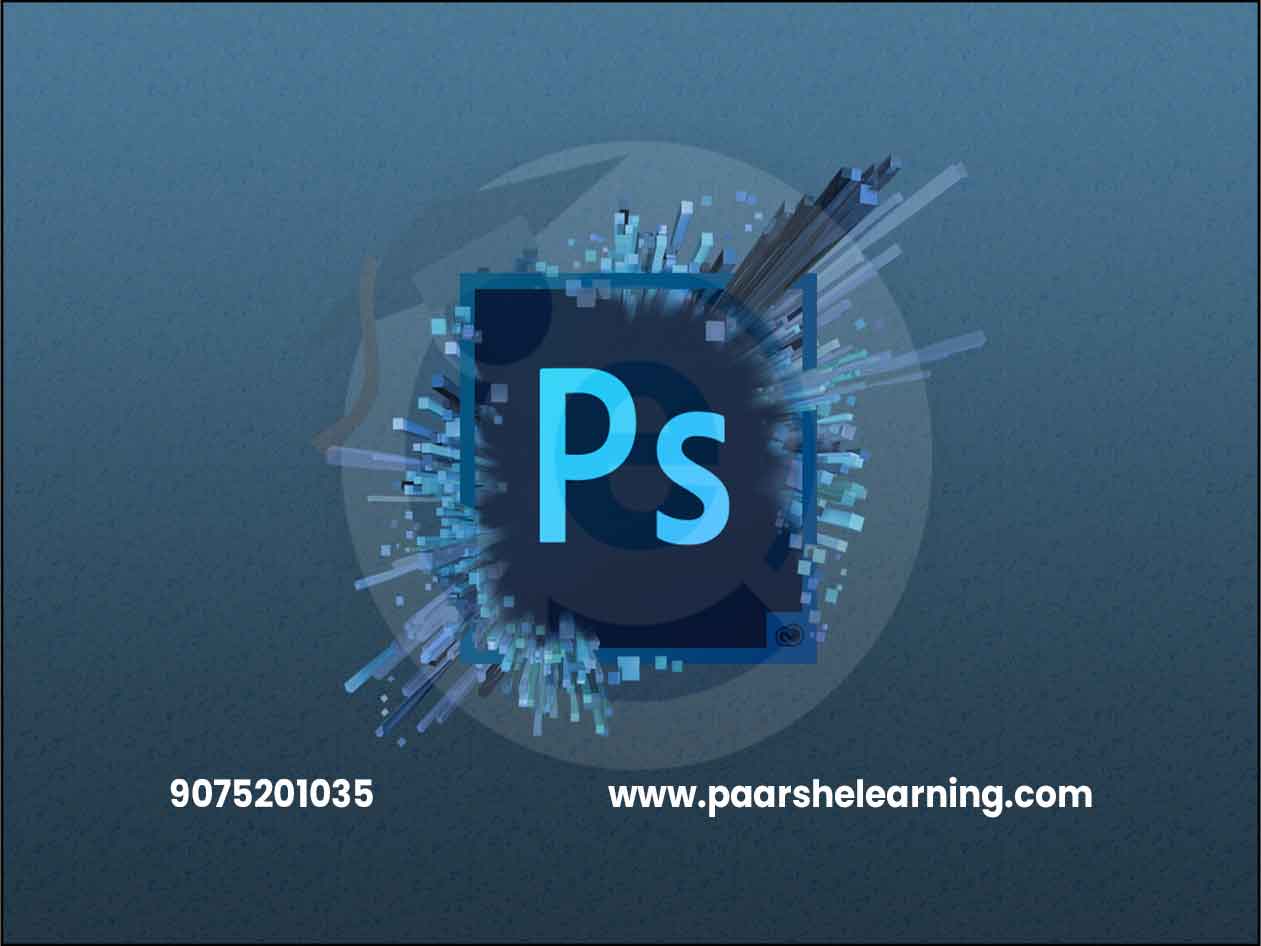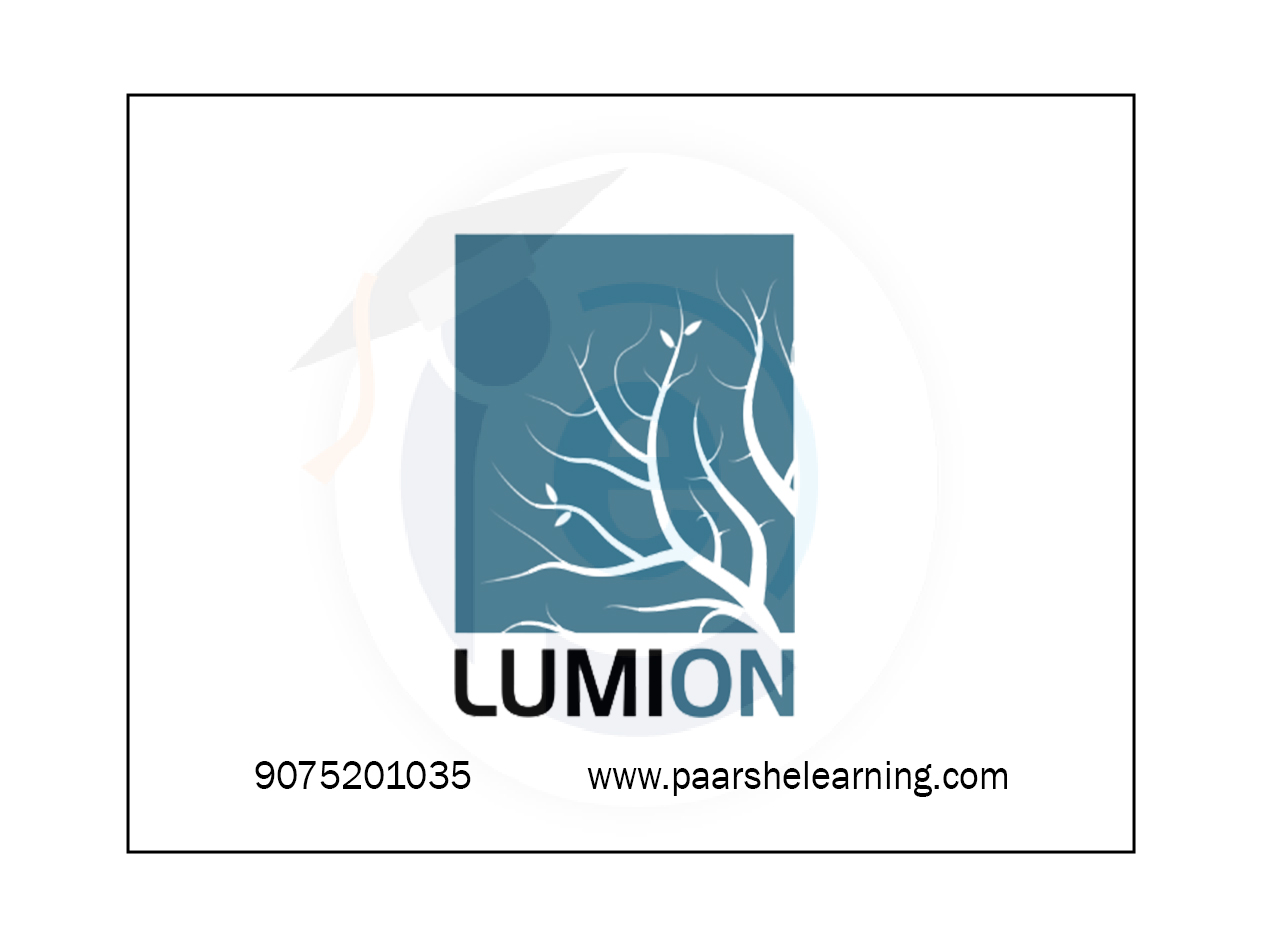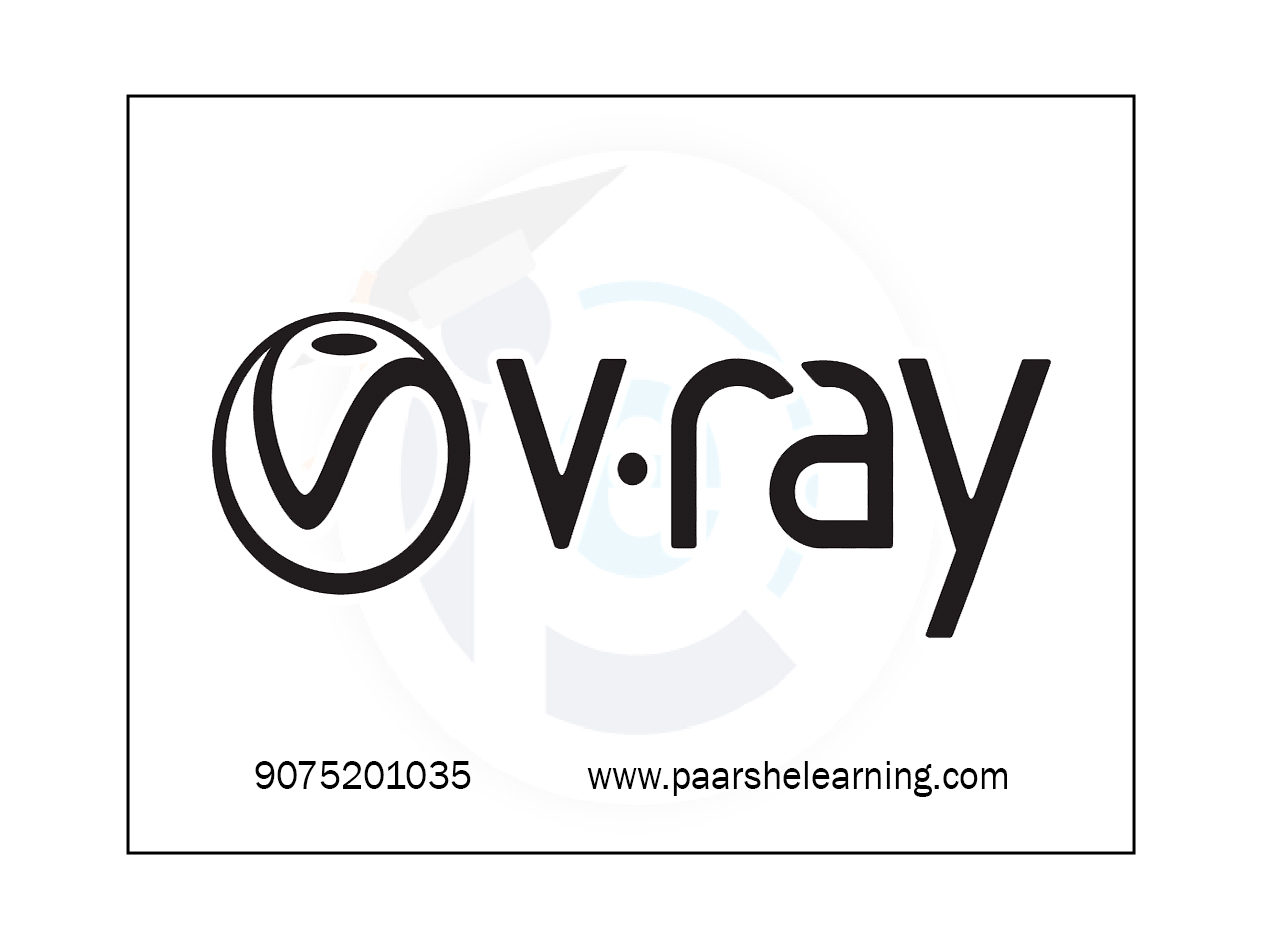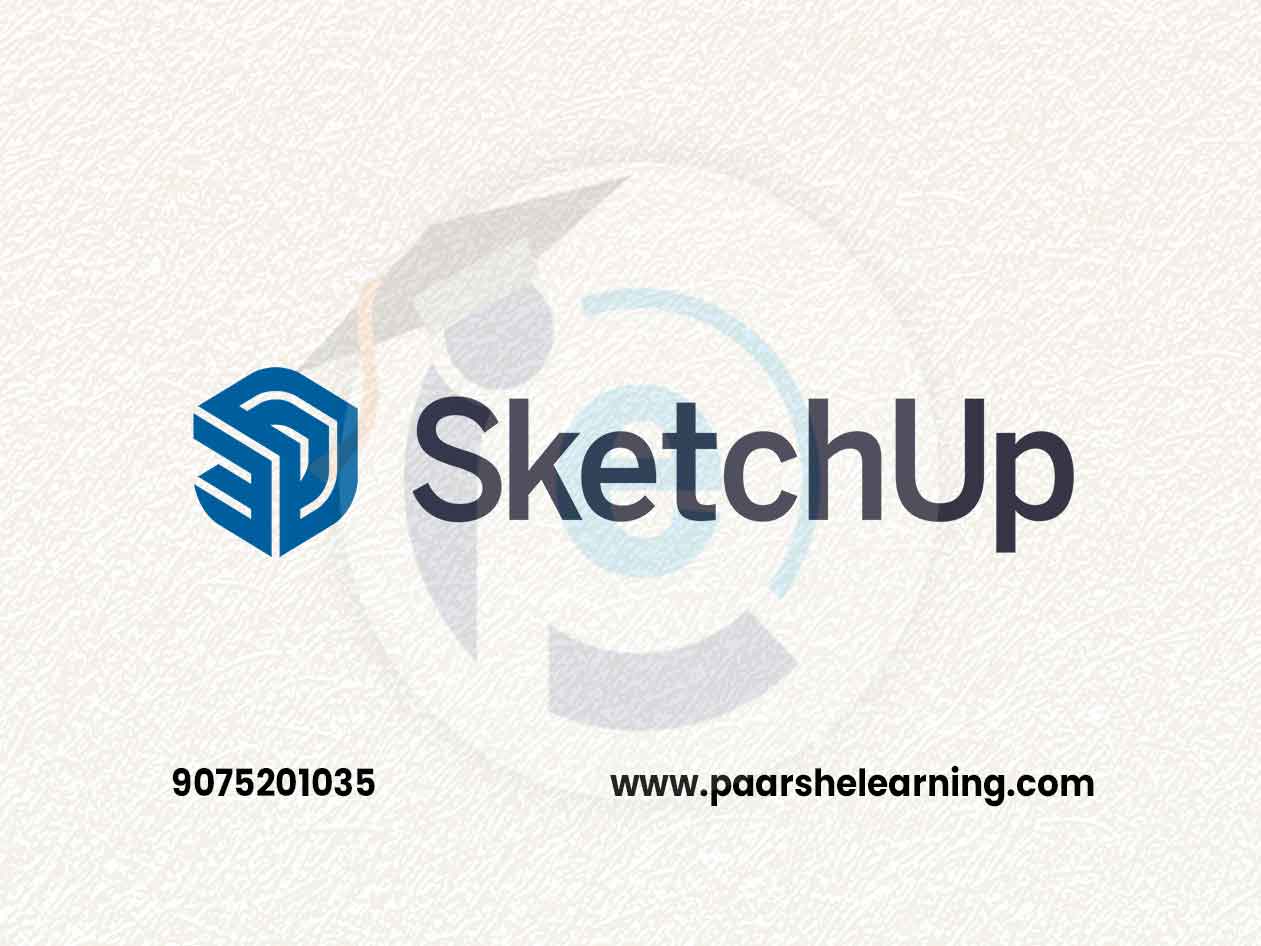- The Arnold interface: You will learn how to navigate the Arnold interface and understand the various settings and options available.
- Lighting: You will learn how to create and set up lighting in your scenes using Arnold, including creating and controlling light sources and creating realistic shadows.
- Shading and texturing: You will learn how to use Arnold's advanced shading and texturing features to create realistic materials, including skin, hair, and fur.
- Rendering settings: You will learn how to adjust the rendering settings in Arnold to achieve the desired look and feel for your images and animations.
- Compositing: You will learn how to composite your rendered images and animations with other elements to create a final visual effect.
- 3D camera tracking: You will learn how to use 3D camera tracking techniques to integrate your 3D elements with live-action footage.
- Production pipelines: You will learn how Arnold fits into a production pipeline and how to integrate it with other 3D software, such as Autodesk Maya or Cinema 4D.
Arnold
Course description
Arnold is a high-quality, physically-based rendering engine developed by Autodesk. It is widely used in the visual effects and animation industry to create realistic and visually stunning renderings. Arnold is known for its versatility, scalability, and ability to handle complex scenes. Here are some key features of Arnold:
-
Physically-based Rendering: Arnold is based on a physically-based ray tracing technique that simulates the behavior of light accurately. It calculates the interaction of light with materials, surfaces, and environments, resulting in realistic shading, reflections, refractions, and global illumination effects.
-
Scalability and Efficiency: Arnold is designed to handle complex scenes with millions of polygons and high-resolution textures. It utilizes advanced algorithms and optimizations to render scenes efficiently, making it suitable for both small-scale projects and large-scale productions.
-
Global Illumination: Arnold supports advanced global illumination algorithms, including path tracing and photon mapping. This allows for accurate simulation of indirect lighting, soft shadows, and realistic light bouncing in a scene, resulting in visually appealing and natural-looking renderings.
-
Physically-based Materials: Arnold offers a wide range of material options and properties to create realistic surface appearances. It supports complex material attributes such as subsurface scattering, thin film coatings, and microfacet-based shading models. This enables users to accurately recreate a variety of materials, including metals, glass, skin, and fabrics.
-
Extensive Shader Library: Arnold provides a comprehensive library of shaders that can be used to create various material effects. It includes shaders for textures, bump maps, displacement maps, procedural patterns, and more. Users can customize and combine these shaders to achieve the desired look and feel of their materials.
-
Volumetric Rendering: Arnold supports volumetric rendering, allowing users to render atmospheric effects such as fog, smoke, fire, and clouds. It offers tools to control the density, color, and lighting of volumetric elements, enabling the creation of visually stunning and realistic volumetric effects.
-
Procedural Workflows: Arnold supports procedural workflows, allowing users to generate complex geometry and textures procedurally. This can help streamline the workflow by automating repetitive tasks and providing flexibility in modifying and updating the scene.
-
Integration with 3D Software: Arnold seamlessly integrates with popular 3D modeling and animation software, including Autodesk Maya, 3ds Max, and Cinema 4D. This integration allows users to transfer their scenes directly to Arnold for rendering without the need for complex file conversions or data loss.
-
GPU Acceleration: Arnold now includes GPU rendering capabilities, utilizing the power of compatible NVIDIA GPUs to accelerate rendering. This can significantly speed up the rendering process and enable interactive previewing and faster iterations.
-
Extensibility and Customization: Arnold offers an extensive API and SDK for developers to extend its functionality and create custom tools and plugins. This allows studios and users to tailor Arnold to their specific needs and integrate it into their existing pipelines and workflows.
Arnold is widely recognized for its ability to deliver high-quality, realistic renderings with its advanced rendering techniques and comprehensive feature set. Its scalability, efficiency, and integration with popular 3D software make it a powerful rendering solution for visual effects, animation, and other industries requiring top-notch rendering capabilities.
What you will learn from this course?
This course includes!
- Daily Live session
- A recorded session with problem-solving material
- Access on Mobile and TV
- Certificate of completion
- Recommendation Letter
- Free lifetime access
- Job Assistance
This course is for
- Aspiring CG Artists who want to learn to render CGI into real footage
- Lighting Artists, CG Generalists, and Compositors
- VFX Students or enthusiasts
Prerequisites for this course
- Have a beginner's knowledge of Maya
- Have beginner knowledge of Arnold
- Have beginner knowledge of Nuke
- Have a computer with a powerful enough GPU and CPU, and RAM, for Maya / Arnold use
- Have enough hard drive space for the project file, and internet fast enough to download it (5gb)
Arnold Syllabus
-
Introduction To Arnold Renderer And Rendering Basics
Understanding the role of Arnold in rendering and animation Introduction to Arnold interface and features Installing and setting up Arnold for different platforms Basics of rendering principles and techniques
-
Scene Setup And Importing
Preparing 3D models and scenes for rendering in Arnold Importing models from various animation software Organizing and optimizing the scene for Arnold Applying basic shaders and lights
-
Materials And Shaders
Understanding Arnold's material nodes and shaders Adjusting material properties: diffuse, specular, etc. Creating custom shaders and layering textures Utilizing displacement and normal maps for details
-
Lighting And Global Illumination
Adding lights to the scene: area lights, spotlights, etc. Adjusting lighting parameters for realism and mood Understanding global illumination and its impact Creating physically accurate lighting setups
-
Cameras And Composition
Setting up camera viewpoints for rendering in Arnold Using depth of field and camera effects Creating compositions and camera angles Applying camera effects: motion blur, depth effects, etc.
-
Rendering Settings And Optimization
Adjusting rendering settings for quality and speed in Arnold Understanding raytracing and sampling parameters Using Arnold's adaptive sampling for noise reduction Tips for optimizing rendering times
-
Aovs And Post-processing
Utilizing Arnold's AOVs (Arbitrary Output Variables) for compositing Introduction to post-processing techniques Using image editing software for enhancements Exploring Arnold integrations with compositing software
-
Real-world Applications And Final Projects
Applying Arnold to visual effects, animation, etc. Students work on individual or group projects applying Arnold to specific domains Instructor guidance and feedback during project development Final project presentations and evaluations
-
Paarsh E-Learning encourage hands-on practice and projects throughout the course to reinforce students' understanding of Arnold Renderer concepts. Depending on the goals of the course, you can emphasize different aspects of Arnold, such as shader creation, lighting, rendering settings, post-processing, or integration with other software. Make sure to cover both the theoretical foundations and practical implementation of Arnold Renderer.
